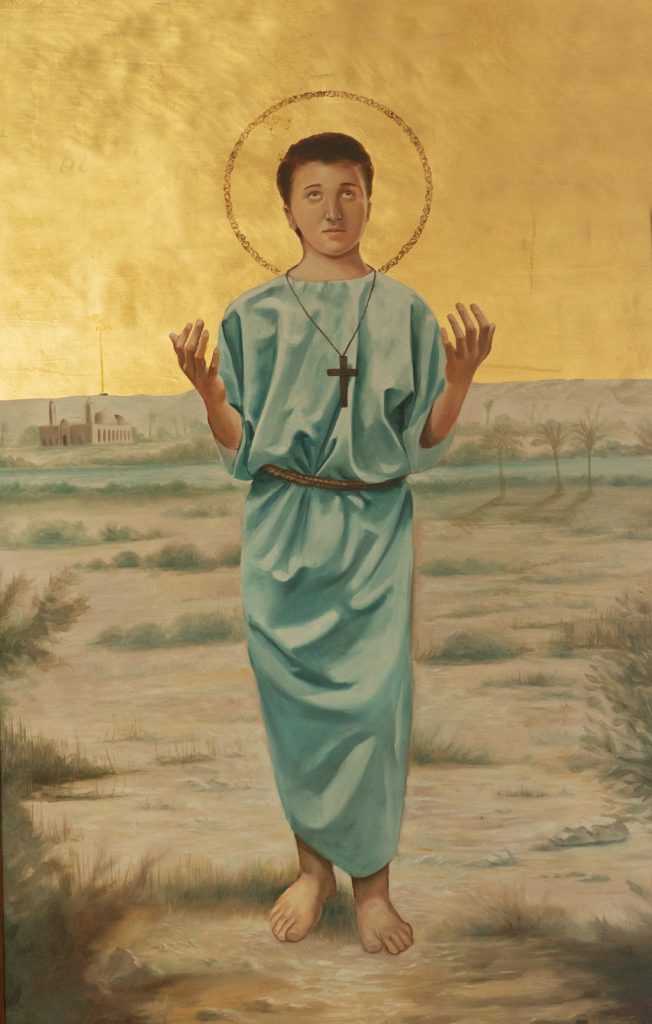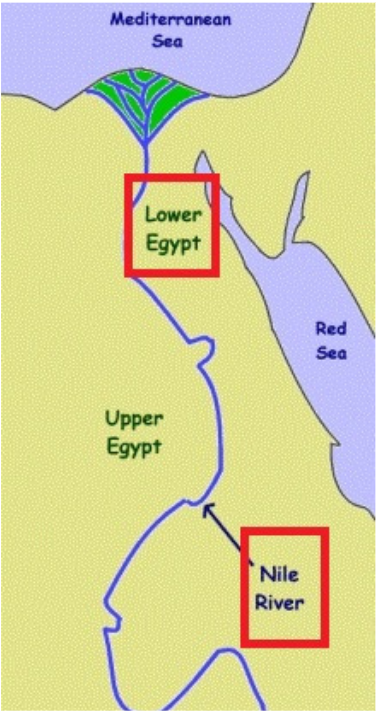
“But Jesus said, 'Let the little children come to Me, and do not forbid them; for of such is the kingdom of heaven.' "
(Matthew 19:14)


"My God sent His angel and shut the lions’ mouths, so that they have not hurt me, because I was found innocent before Him; and also, O king, I have done no wrong before you"
(Daniel 6:22)